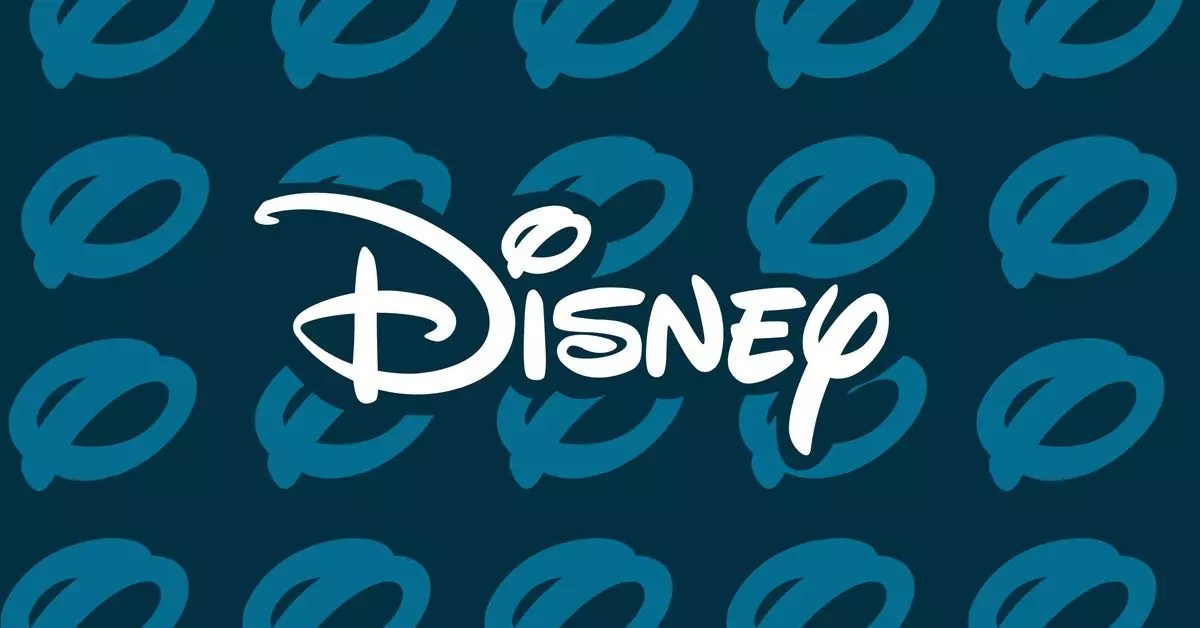The recent blackout of Disney-owned channels including ABC and ESPN on DirecTV has left roughly 11 million subscribers without access to their favorite shows and sports. The blackout was triggered during ESPN’s broadcast of the US Open tennis tournament, adding insult to injury just before the NFL season opener.
DirecTV and Disney are pointing fingers at each other, each accusing the other of causing the blackout. DirecTV claims that Disney’s demands are preventing them from offering more flexible packages that cater to consumer interests. On the other hand, Disney argues that its channels are worth a premium that DirecTV is unwilling to pay.
Amidst the ongoing dispute, it is the subscribers who are ultimately suffering the most. They are caught in the crossfire of a corporate battle for control and profits, unable to access the content they have come to enjoy.
Both DirecTV and Disney are vying for dominance in the media landscape, with Disney pushing its content towards its own streaming services like Hulu and Disney Plus. DirecTV accuses Disney of prioritizing profits over consumer choice, while Disney defends its actions as necessary to uphold the value of its premium content.
The expired deal between DirecTV and Disney was negotiated in 2019, with contracts intentionally set to expire during peak viewership periods to incentivize renegotiation. However, such carriage disputes are not uncommon in the media industry, with similar instances of channel blackouts occurring in the past.
As the blackout continues, both DirecTV and Disney are urging the other party to prioritize the interests of the consumers. While negotiations are ongoing, subscribers are left in the dark, unsure of when they will regain access to their favorite programs.
The DirecTV and Disney dispute highlights the power struggles and profit motives at play in the media industry. As corporations battle for control and dominance, it is the consumers who bear the brunt of the consequences. The outcome of this dispute will not only impact the parties involved but also shape the future of content distribution and consumer choice.


Leave a Reply